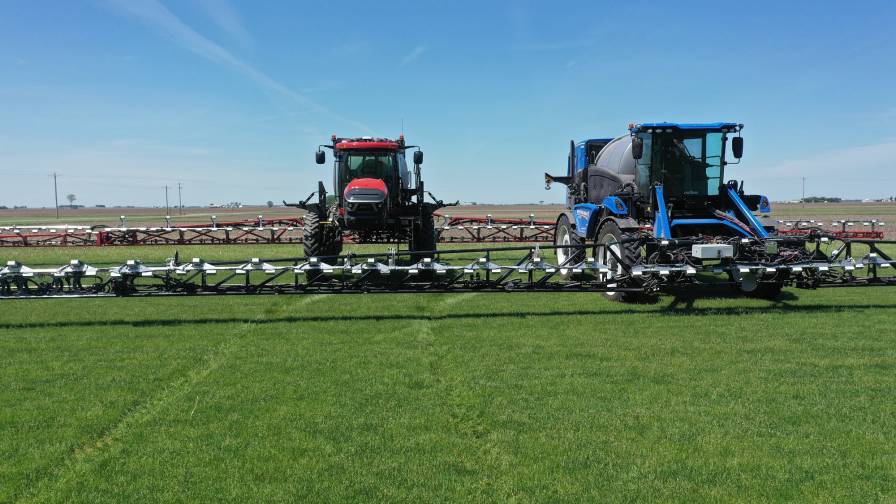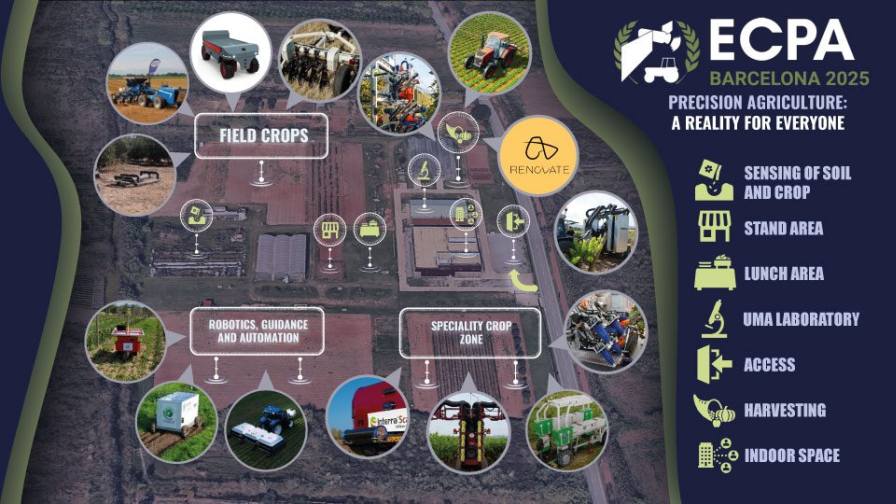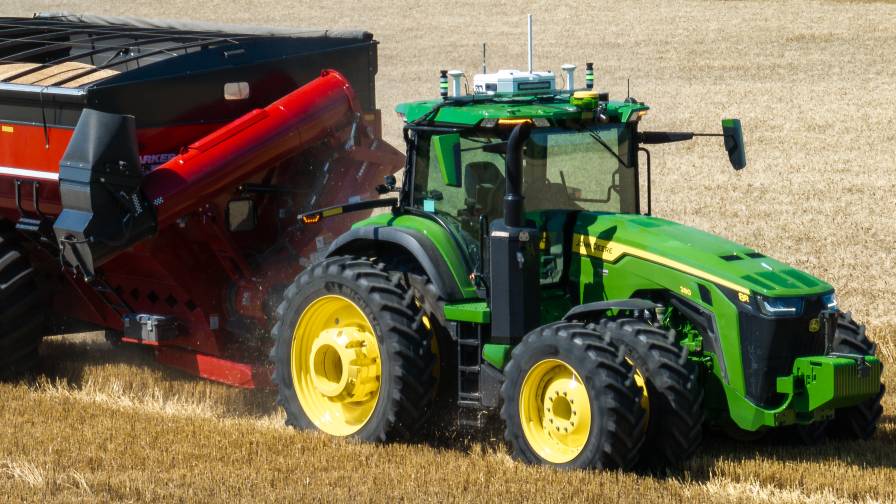Detecting Crop Disease: The Dilemma of Choosing Between Fast and Accurate Tests
The price of food has been increasing faster than the rate of inflation, and it has become a big political issue. In 2022, food prices rose a budget-busting 9.9% in the U.S., and while the 2023 saw more modest price growth of 5.8%, that’s still quite a bit higher than the general rate of inflation for the year, which stood at 4.1%. The drivers of these price spikes are complex and intertwined, and though they have their roots in the disruption caused by the 2020 COVID-19 pandemic, other factors such as ongoing labor shortages and war in Ukraine, the breadbasket of Europe, also play a role.
But whatever the ultimate causes are, the laws of supply and demand still apply. The more crops growers can produce, the more upward price pressure will ease. Especially at a time when prices are high, growers want to ensure yields are as high as possible — the more food they have to sell, the more money they can make.
Of course, growers face many barriers to increasing yields, but by far, the greatest challenge is disease. Plant diseases and pests cause 40% of yield losses in staple crops worldwide and fungal pathogens are the biggest contributor, causing 20% of crop-based farming losses. There are a huge array of diseases — researchers have identified more than 19,000 different species — Botrytis, which has more than 30 variants, causes more than $10 billion in losses worldwide all by itself.
But as concerning as these known diseases are, growers also face a barrage of new agricultural diseases that are constantly appearing due to mutation, migration, and spillover from the wild. New diseases have been a threat for as long as humanity has farmed, but the rate of emergence appears to be speeding up due to climate change. As climate evolution disrupts ecosystems, plants and animals move into new territories, bringing their diseases along with them. The pervasiveness of global trade also almost guarantees that these pathogens will spread well beyond local outbreaks without concerted action to quickly contain them.
History abounds with examples of the devastation that emerging agricultural disease can cause. Probably the best known of these disasters was the mid-19th century Irish Potato Blight, which killed around 1 million people due to famine, but there are plenty of others. For example, while it did not cause starvation, a fungus almost destroyed the entire banana industry when it all but wiped out the dominant Gros Michel variety in the 1950s. Thankfully, the Cavendish also ships well, and so could step in as a replacement, though connoisseurs say it is not as tasty. But now, the Cavendish, too, is under threat from a variety of the same aggressive pathogen that wiped out its predecessor.
Controlling these diseases and limiting their damage is critical to maintaining or increasing yields, and while there are many measures in a grower’s arsenal to fight them, especially with new pathogens, farmers must know exactly what they are battling. Identification through testing is key, but unfortunately the current state of agricultural disease diagnostics is not meeting the challenge.
A terrible choice between accuracy and speed
Especially when the industry is facing a new, previously unknown pathogen, testing is critical to tracking its spread and informing measures to contain it. But even with known diseases, testing can play an important role. Certainly, some pathogens are easy to identify just by observing the affected plants, but that’s not always the case. Botrytis, for instance, looks similar to other fungal diseases such as Rhizoctonia, but treating a Botrytis outbreak with the antifungals used for Rhizoctonia will do nothing but waste the grower’s money and time. Testing can help a farmer take the right measures to address the infection they face, improving outcomes.
Testing currently forces growers to make a difficult choice: do they want rapid results or accurate results? Here is why: the standard molecular test for detecting all kinds of pathogens is the polymerase chain reaction (PCR), with which everyone became intimately familiar in 2020 as the definitive diagnostic for COVID-19. This method requires a sample to be precisely heated and cooled through multiple cycles with a primer. This process increases the amount of genetic material until there’s enough to interact with a reagent such as a fluorescent dye to indicate a positive result.
PCR is a very precise test that can detect even trace amounts of the target organism or virus, but since it requires a trained technician in a lab to perform the test, these resources can become strained during big outbreaks. Even in ideal conditions, growers must send a sample to the lab and wait for results, which typically takes 2-3 days. If the lab is under heavy pressure, it could take a week or more, which is a lot of time for the disease to destroy additional crops and spread to other farms.
Rapid tests, on the other hand, have the advantage of providing a result in minutes, but unfortunately these results are not always reliable. Lateral flow tests (which are also known as antigen tests), fix antibodies on a strip over which the sample will flow. If the targeted pathogen is present, the antibodies will react to change the color of the strip. These tests, however, are much less sensitive than molecular tests like PCR, which means they may often fail to detect a pathogen when it’s present, giving a false negative result.
The need for a rapid, accurate, in-the-field test
Thankfully for agriculture, the diagnostic industry is seeing a period of great transformation, partly fueled by the COVID-19 outbreak and also by other molecular test methods that have come off-patent, which enables many different organizations to innovate. For example, loop-mediated isothermal amplification (LAMP) is a molecular method that provides results with a similar precision to PCR, but it holds the sample and primer at a constant temperature — no cycling required. This means that, so long as the testing device is rugged and portable enough to work in the field, growers and other stakeholders could perform tests in the field and get precise results in about half an hour, which will enable quick, decisive action to contain agricultural diseases.
Whatever the new paradigm is, agriculture needs a simple, rugged, fast and accurate testing method that growers can use in the field. The rate of new crop disease emergence is speeding up — our tests must speed up as well, while still providing a high level of precision – to counter these threats and increase yields.










